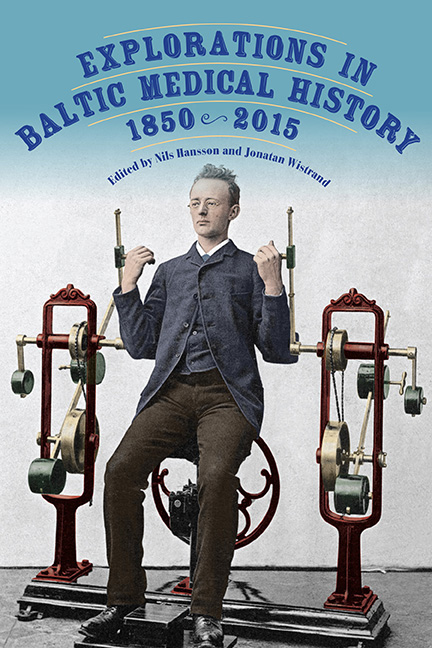9 - Biobanking at the Baltic Sea: An Analysis of the Swedish, Estonian, and German Approaches
Published online by Cambridge University Press: 17 April 2021
Summary
While the Baltic is ascribed a high potential for regional integration in Europe, in this chapter I look at a particular field of cooperation, biobank research. Given that recent discussions about the Baltic area “are no longer emphasizing unifying structures but are seeking for combining elements like the sea itself or the dynamics that create a zone,” the practice of biobanking appears as a particularly interesting study subject to circumstantiate the notion of the Baltic as a vital contact zone.
What Is Biobanking?
Collections of human bodily materials have been kept in medicine for centuries. The crucial point about modern biobanking is thus not the mere storage of human body substances (e.g., tissue, blood, and DNA) but its large-scale collection together with a systematic and often ongoing linkage to donors’ health records and lifestyle data. In addition, the advance of data information technologies involves the constant refinement of analytical tools. This allows for, in principal, an indefinite amount of information that can be consulted to answer newly emerging research questions. Besides clinical biobanks, which are mainly used for diagnostic purposes, there is an increasing number of population-based biobank projects worldwide. As a research infrastructure, the latter provide a powerful resource to understand the causes of widespread diseases, unlock interactions between genetic and environmental factors, and detect candidate genes for certain diseases. In the long run, biobank-based research may thus generate pivotal knowledge for the invention of new therapies and prevention measures in health care. Moreover, biobanking plays an increasing role in the detection of biomarkers and the development of personalized medicine.
Whether biobanks can deliver on these expectations, however, depends on the availability of large volumes of well-characterized specimens and data, the possibility of constant information updates through recontact of sample donors, cross-border exchange of samples and data, and the consolidation of biobanks. These requirements, however, also raise a range of ethical and legal questions at international level. For example, modern biobanking has a prospective character, that is, it is directed at future research whose aims and scope cannot be foreseen at the time of sample taking. Obtaining the research participants’ informed consent (IC), as it is the default in traditional human subject research, thus faces several limits in the context of biobanking. Consequently, alternative approaches have been suggested, for example, broad consent, authorization, or dynamic consent.
- Type
- Chapter
- Information
- Explorations in Baltic Medical History, 1850–2015 , pp. 203 - 228Publisher: Boydell & BrewerPrint publication year: 2019



